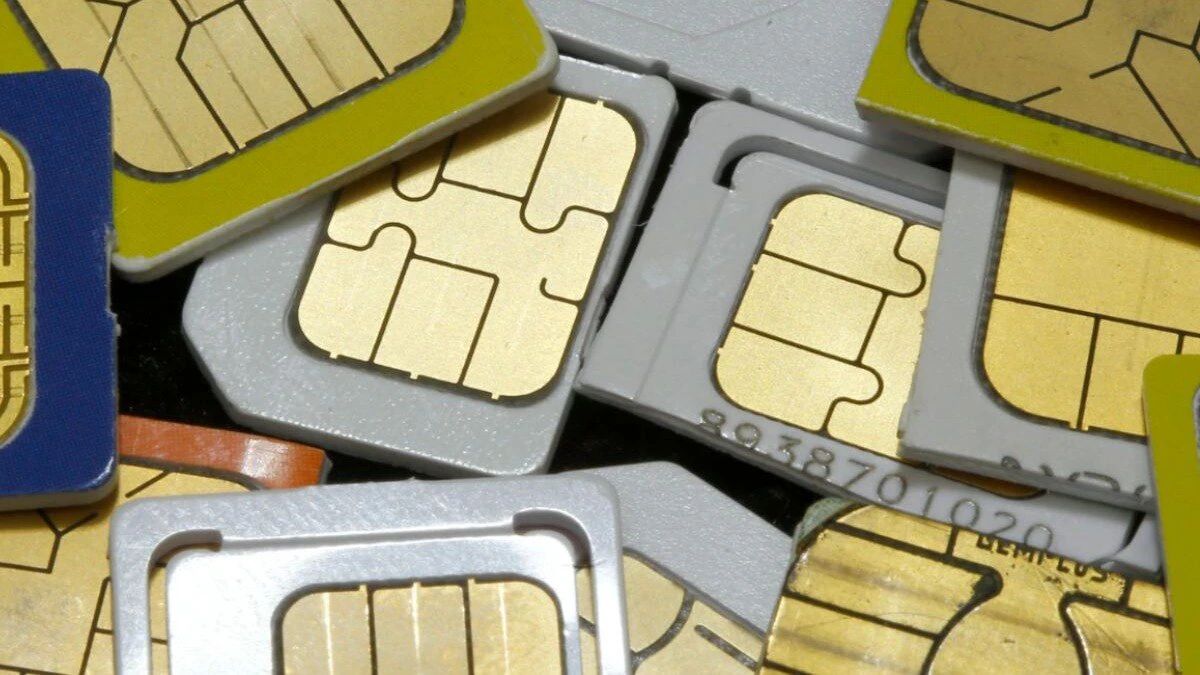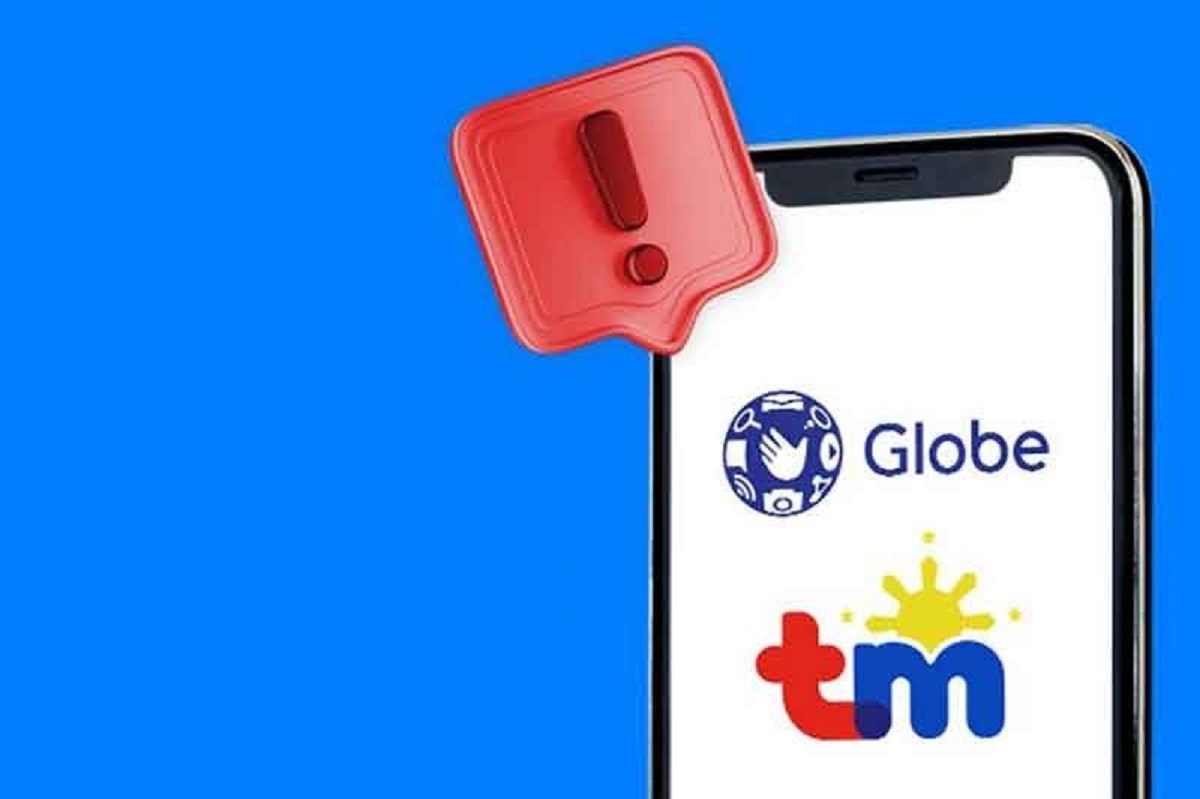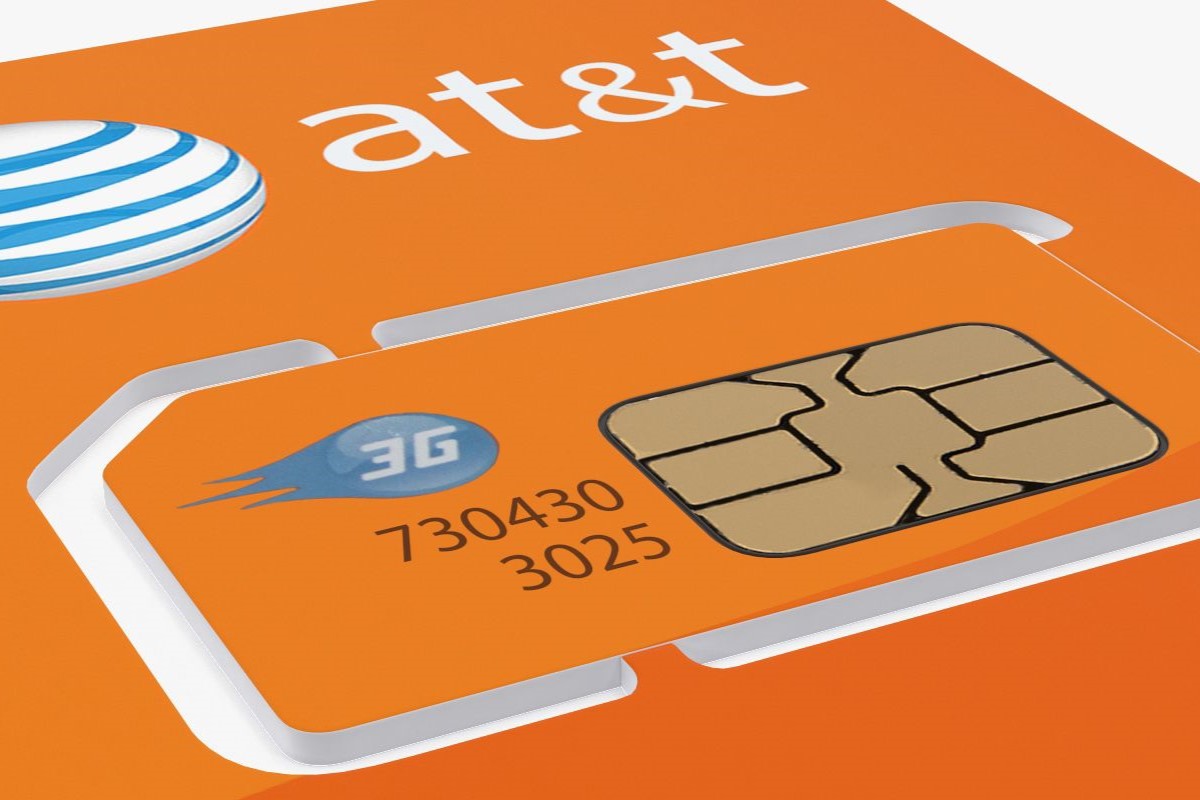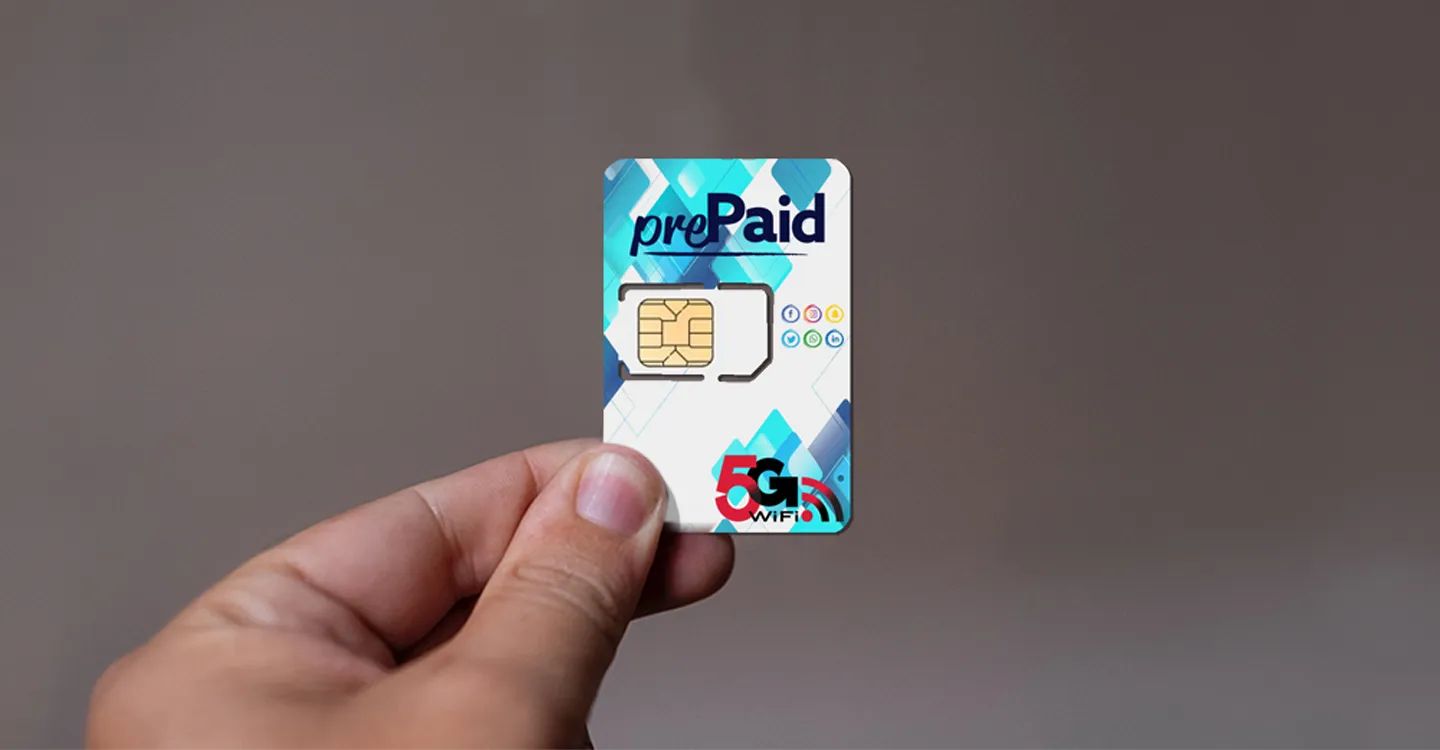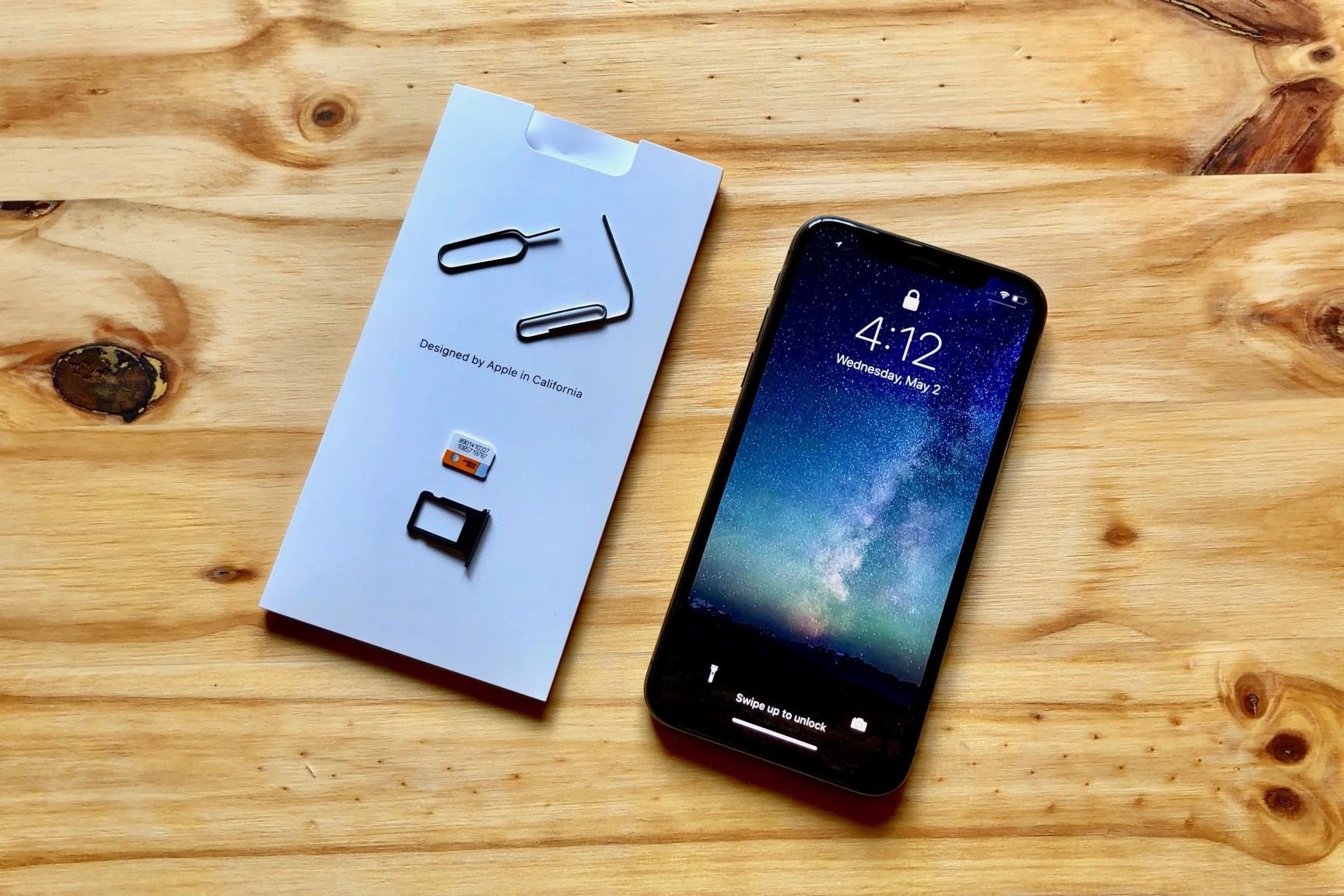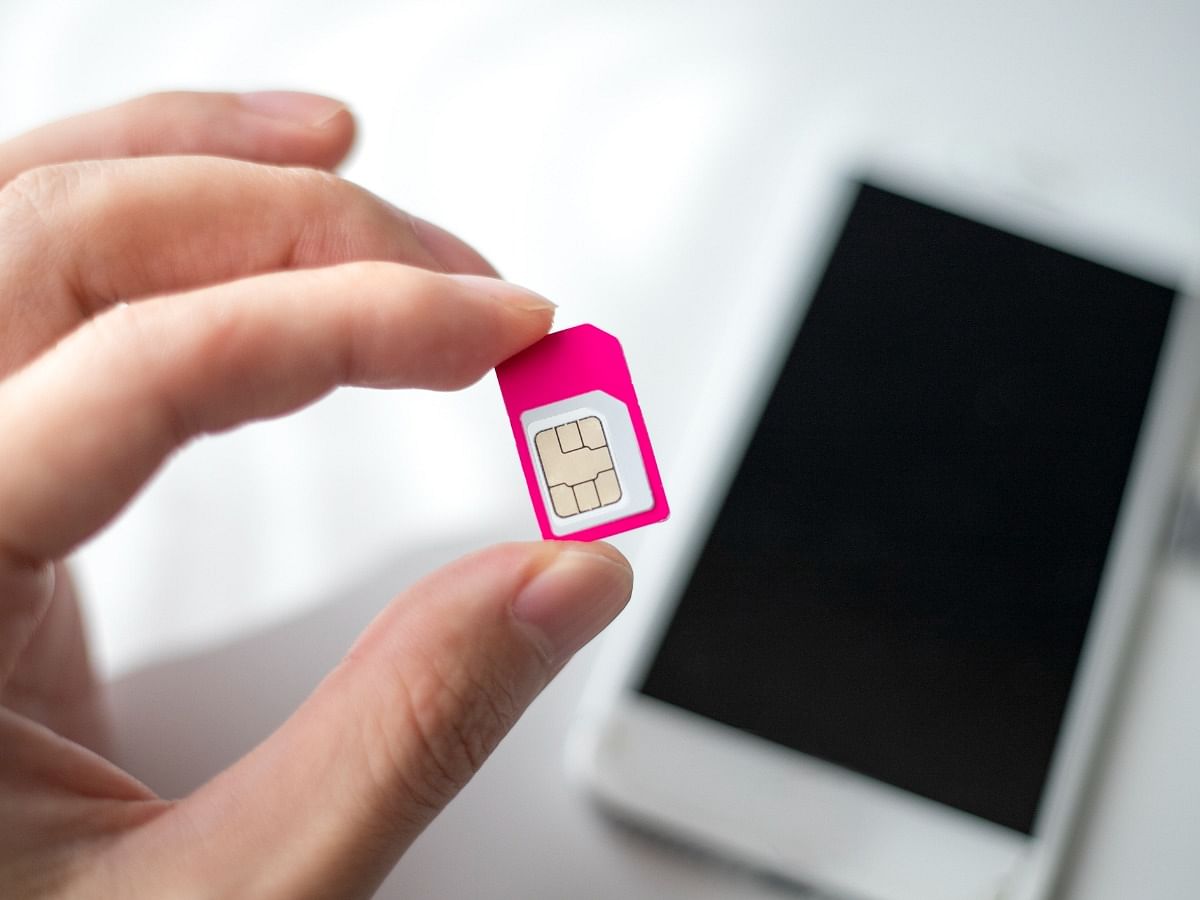What is a Digital SIM Card?
A digital SIM card, or eSIM (embedded SIM), is a small, programmable chip embedded in modern smartphones, tablets, smartwatches, and other connected devices. It serves the same purpose as a traditional physical SIM card, allowing the device to connect to a mobile network and make calls, send texts, and access mobile data. However, unlike a physical SIM card, which is a removable piece of hardware, the eSIM is integrated directly into the device's hardware and can be reprogrammed with different network profiles.
The eSIM technology represents a significant evolution in the way mobile devices connect to cellular networks. Instead of needing to physically swap out SIM cards when switching carriers or traveling internationally, users with eSIM-compatible devices can simply download a new mobile plan onto their device. This provides a level of convenience and flexibility that was previously unavailable with traditional SIM cards.
eSIMs are also making it easier for manufacturers to produce smaller and more streamlined devices, as the need for a physical SIM card slot is eliminated. This has paved the way for the development of ultra-thin smartphones, sleek smartwatches, and compact IoT (Internet of Things) devices that can benefit from cellular connectivity without sacrificing space or design.
Overall, a digital SIM card represents a modern and innovative approach to mobile connectivity, offering users greater convenience, flexibility, and the potential for more compact and efficient device designs.
How Does a Digital SIM Card Work?
A digital SIM card, or eSIM, operates on a similar principle to a traditional physical SIM card but with a few notable differences. When a device with an eSIM is activated on a mobile network, the eSIM's unique identifier and associated network profile are securely downloaded and stored on the device. This process, known as provisioning, allows the device to connect to the mobile network and access voice, messaging, and data services.
One of the key advantages of eSIM technology is its ability to store multiple network profiles simultaneously. This means that a user can have multiple mobile plans from different carriers downloaded onto their device and switch between them as needed. For example, a traveler can easily switch to a local carrier's plan when visiting a different country without the need to physically swap out SIM cards.
The process of activating an eSIM typically involves scanning a QR code provided by the mobile carrier or using a dedicated mobile app to download the network profile. Once the profile is downloaded, the eSIM is securely programmed with the necessary information to connect to the carrier's network.
From a technical standpoint, eSIMs rely on a combination of hardware and software to securely store and manage network profiles. The eSIM's hardware component includes a secure element, such as a dedicated chip or part of the device's main processor, which stores the encrypted network profiles and ensures their integrity. The software component includes the necessary protocols and interfaces to manage the eSIM and facilitate the activation and deactivation of network profiles.
When a device with an eSIM connects to a mobile network, the eSIM communicates with the carrier's authentication servers to establish a secure connection. This process involves mutual authentication to verify the device's identity and ensure that it is authorized to access the carrier's network. Once authenticated, the device can make calls, send texts, and access mobile data using the downloaded network profile.
Overall, the functionality of a digital SIM card is based on a combination of secure provisioning, multi-profile support, and robust hardware and software integration. These elements work together to provide users with a seamless and flexible mobile connectivity experience, while also enabling innovative use cases such as IoT devices and wearables that benefit from the compact and programmable nature of eSIM technology.
Benefits of Using a Digital SIM Card
The adoption of digital SIM cards, or eSIMs, brings forth a myriad of advantages that cater to the evolving needs of modern mobile users. Here are the key benefits of using a digital SIM card:
-
Convenience and Flexibility: One of the most significant advantages of eSIM technology is the unparalleled convenience it offers. Users no longer need to physically swap out SIM cards when changing carriers or traveling internationally. Instead, they can effortlessly download and activate new mobile plans directly onto their eSIM-compatible device. This streamlined process eliminates the hassle of seeking out physical SIM cards and simplifies the management of multiple mobile plans on a single device.
-
Space-Saving Design: eSIMs enable manufacturers to design sleeker and more compact devices by eliminating the need for a dedicated SIM card slot. This advancement is particularly beneficial for smartphones, smartwatches, and IoT devices, allowing for more efficient use of internal space and contributing to the creation of thinner and more stylish products.
-
Multi-Carrier Support: With an eSIM, users can store multiple network profiles from different carriers simultaneously. This feature is especially advantageous for frequent travelers or individuals who require separate personal and business mobile plans. The ability to seamlessly switch between network profiles without the physical insertion of SIM cards provides unparalleled flexibility and cost-effectiveness.
-
Enhanced Security: Digital SIM cards incorporate robust security measures, including secure element hardware and encryption protocols, to safeguard the integrity of network profiles. This ensures that the eSIM is resistant to unauthorized access and tampering, offering users a heightened level of protection against potential security threats.
-
Environmental Impact: The shift towards eSIM technology aligns with sustainability efforts by reducing the production and disposal of physical SIM cards. By eliminating the need for plastic SIM cards and their associated packaging, eSIMs contribute to a reduction in electronic waste and support eco-friendly practices within the mobile industry.
-
Remote Provisioning: eSIM technology facilitates remote provisioning, allowing users to activate mobile plans without the need to visit a physical store. This remote activation capability is particularly beneficial for individuals in remote locations or those seeking immediate access to mobile services without geographical constraints.
In essence, the adoption of digital SIM cards presents a host of benefits, including unparalleled convenience, space-saving design, multi-carrier support, enhanced security, environmental sustainability, and remote provisioning. These advantages collectively contribute to a more seamless and adaptable mobile connectivity experience, reflecting the ongoing evolution of mobile technology to meet the diverse needs of users worldwide.
Drawbacks of Using a Digital SIM Card
While digital SIM cards, or eSIMs, offer a range of compelling advantages, it's important to acknowledge the potential drawbacks associated with this innovative technology. Understanding the limitations of eSIMs can provide a comprehensive perspective for users considering its adoption. Here are the key drawbacks of using a digital SIM card:
-
Limited Compatibility: Not all mobile devices currently support eSIM technology. This limitation can restrict users from benefiting from the convenience and flexibility offered by eSIMs, especially if their devices lack eSIM functionality. As the adoption of eSIMs continues to expand, compatibility issues may become less prevalent, but it remains a consideration for users with older or non-eSIM compatible devices.
-
Carrier Support Variability: The availability and support for eSIMs can vary among mobile carriers. While many major carriers worldwide have embraced eSIM technology, some smaller or regional carriers may have limited eSIM offerings. This variability in carrier support can impact users' ability to access and activate eSIM-based mobile plans, particularly in regions where eSIM adoption is still in its nascent stages.
-
Device Lock-In: Unlike traditional physical SIM cards, which can be easily removed and transferred between devices, eSIMs are typically locked to a specific device. This means that users may encounter limitations when attempting to switch their eSIM to a different device, especially if the new device is not eSIM-compatible or does not support the same carrier profiles. This potential lack of device portability could pose challenges for users who frequently upgrade or switch devices.
-
Complex Activation Process: While the activation of eSIMs offers convenience in many scenarios, the initial setup and activation process can be more complex compared to traditional SIM cards. Users may need to navigate through specific menus, scan QR codes, or utilize carrier-specific apps to provision their eSIMs. This added complexity could present a learning curve for individuals accustomed to the straightforward insertion of physical SIM cards.
-
Security Concerns: While eSIMs incorporate robust security measures, including encryption and secure element hardware, they are still susceptible to potential security vulnerabilities and cyber threats. As with any digital technology, eSIMs may be targeted by malicious actors seeking to exploit vulnerabilities in the provisioning process or compromise the integrity of network profiles. Users must remain vigilant and stay informed about security best practices when utilizing eSIM technology.
-
Service Limitations in Remote Areas: In certain remote or rural areas, where mobile network coverage may be limited, users with eSIMs may encounter challenges in accessing compatible network profiles. This limitation could impact individuals who rely on consistent mobile connectivity in areas with sparse network infrastructure, potentially necessitating the use of traditional physical SIM cards as a backup solution.
Understanding these drawbacks is essential for users evaluating the suitability of eSIM technology for their specific needs and circumstances. While the benefits of eSIMs are compelling, it's important to consider these limitations to make informed decisions regarding the adoption of digital SIM cards.
How to Get a Digital SIM Card
Obtaining a digital SIM card, or eSIM, involves a straightforward yet distinct process compared to acquiring a traditional physical SIM card. The following steps outline the general procedure for obtaining and activating a digital SIM card:
-
Check Device Compatibility: Before acquiring an eSIM, it is crucial to ensure that the mobile device in question supports eSIM technology. Many modern smartphones, tablets, smartwatches, and other connected devices are equipped with eSIM functionality, but it is advisable to verify compatibility to avoid any potential issues during the activation process.
-
Contact Mobile Carriers: Users can reach out to their preferred mobile carriers to inquire about eSIM availability and compatible mobile plans. Major carriers often provide detailed information on their websites regarding eSIM support and the specific steps required to obtain an eSIM-compatible mobile plan.
-
Visit a Carrier Store: For individuals who prefer in-person assistance, visiting a physical carrier store allows them to receive personalized guidance on eSIM activation. Carrier representatives can provide hands-on support and assist with the activation process, ensuring a smooth transition to eSIM-based mobile services.
-
Remote Activation: Many mobile carriers offer the option for remote eSIM activation, enabling users to download and activate an eSIM-compatible mobile plan without visiting a physical store. This method typically involves scanning a QR code provided by the carrier or using a dedicated mobile app to securely download the eSIM network profile onto the device.
-
Navigate Device Settings: Once the eSIM network profile is downloaded, users can navigate to the device settings to complete the activation process. Depending on the device and operating system, there are specific menus or options dedicated to managing eSIMs, allowing users to select and activate the downloaded network profile.
-
Manage Multiple Profiles: For individuals seeking to store multiple mobile plans on a single device, the process of obtaining and managing multiple eSIM network profiles follows a similar pattern. Users can repeat the activation steps for each additional mobile plan, effectively creating a versatile and customizable mobile connectivity experience.
By following these steps, users can successfully obtain and activate a digital SIM card, leveraging the convenience and flexibility offered by eSIM technology to access mobile services seamlessly and efficiently.
This comprehensive guide outlines the essential steps for acquiring and activating a digital SIM card, empowering users to embrace the benefits of eSIM technology and elevate their mobile connectivity experience.
Conclusion
In conclusion, the evolution of digital SIM cards, or eSIMs, represents a significant leap forward in the realm of mobile connectivity. The seamless integration of eSIM technology into modern devices has redefined the way users access and manage mobile services, offering unparalleled convenience, flexibility, and adaptability. The transition from traditional physical SIM cards to eSIMs marks a pivotal shift towards a more streamlined and agile approach to mobile connectivity.
The benefits of eSIM technology, including multi-carrier support, space-saving design, enhanced security, and remote provisioning, underscore its transformative impact on the mobile industry. Users can now effortlessly switch between mobile plans, access diverse networks, and enjoy a heightened level of device portability without the constraints of physical SIM cards. Furthermore, the environmental sustainability aspect of eSIMs aligns with global efforts to reduce electronic waste and promote eco-friendly practices within the mobile ecosystem.
However, it is essential to acknowledge the potential drawbacks associated with eSIM technology, such as limited compatibility, carrier support variability, and device lock-in. Understanding these limitations empowers users to make informed decisions regarding the adoption of eSIMs and navigate the evolving landscape of mobile connectivity with confidence.
As eSIM adoption continues to gain momentum, it is crucial for mobile carriers and device manufacturers to collaborate in expanding eSIM support, ensuring widespread compatibility, and enhancing the user experience. By fostering a robust eSIM ecosystem, the industry can further unlock the potential of digital SIM cards, catering to the diverse needs of users across the globe.
In essence, the advent of digital SIM cards has ushered in a new era of mobile connectivity, characterized by unprecedented convenience, versatility, and innovation. The ongoing advancements in eSIM technology are poised to redefine the way users interact with mobile networks, paving the way for a more connected and dynamic mobile experience.
Ultimately, the journey from traditional SIM cards to digital SIM cards encapsulates the relentless pursuit of technological advancement and user-centric innovation, shaping the future of mobile connectivity in a rapidly evolving digital landscape.







